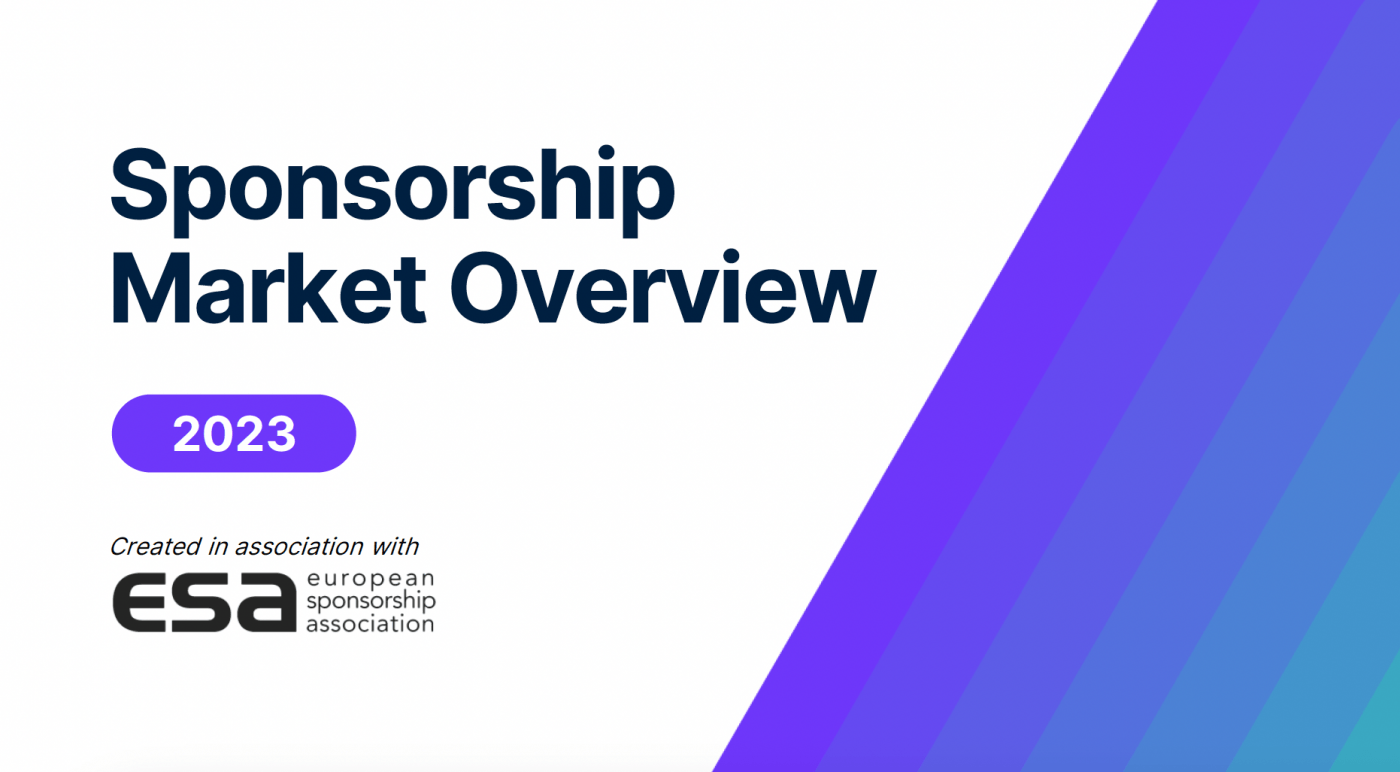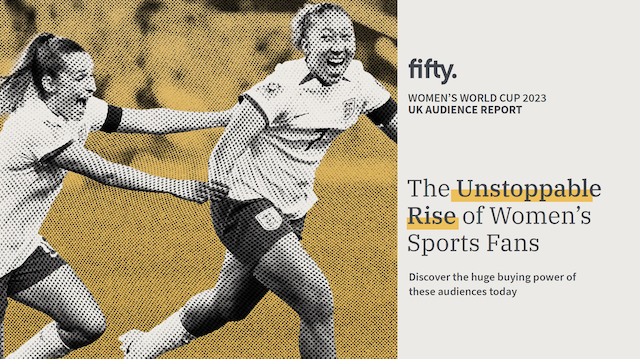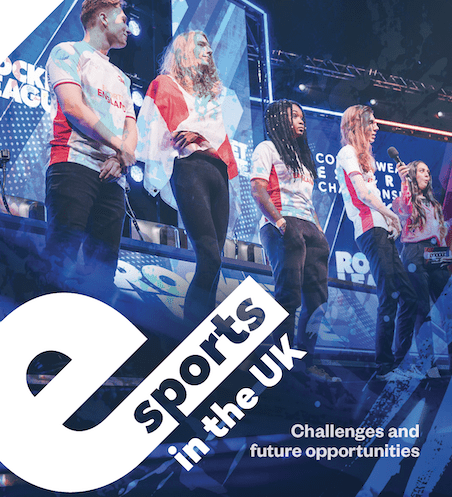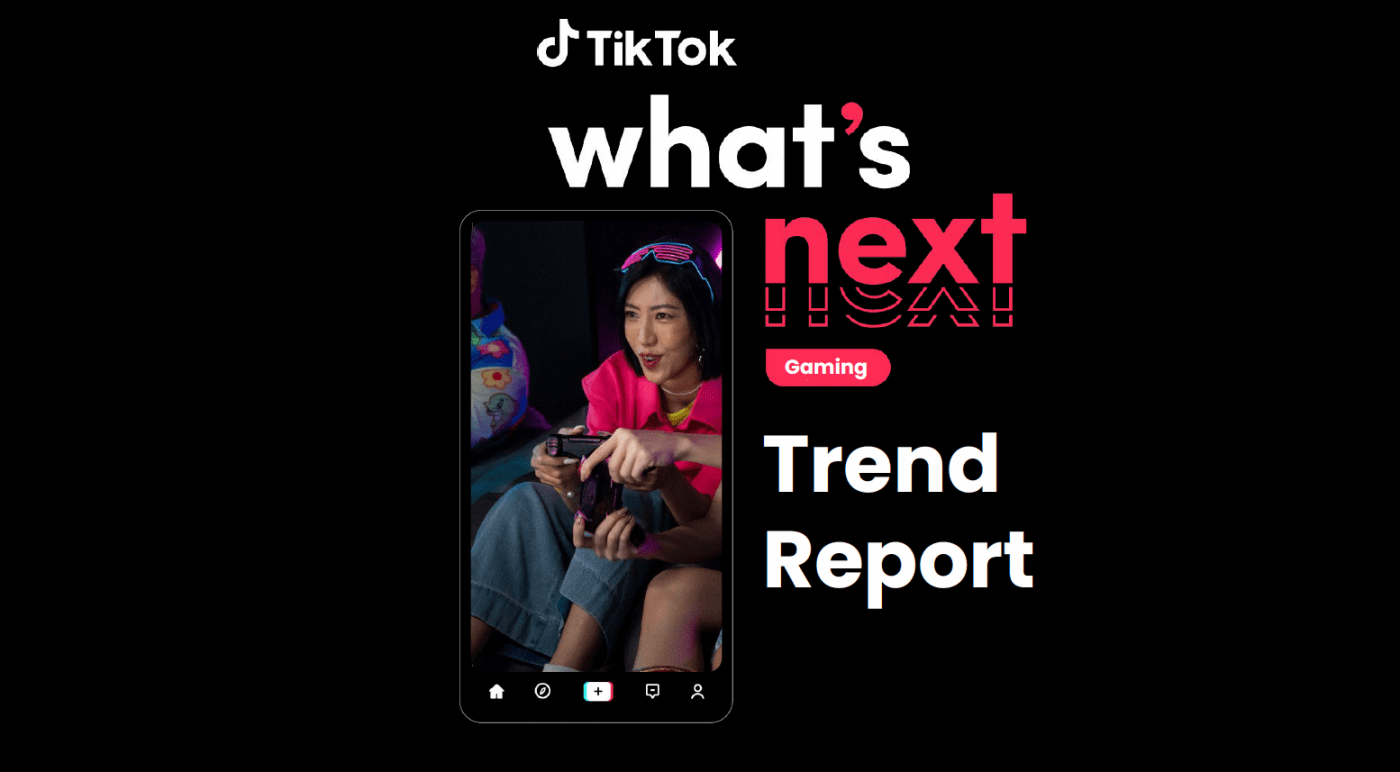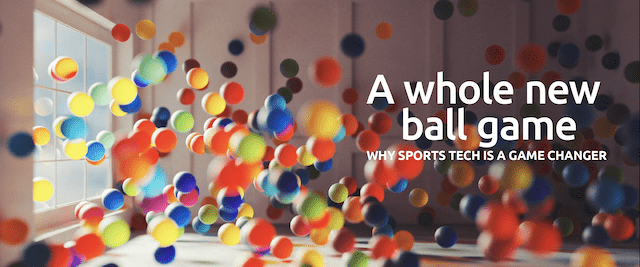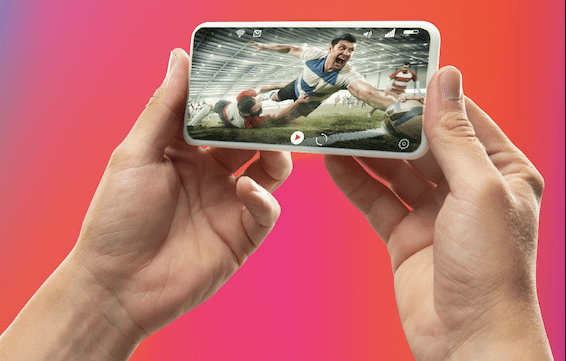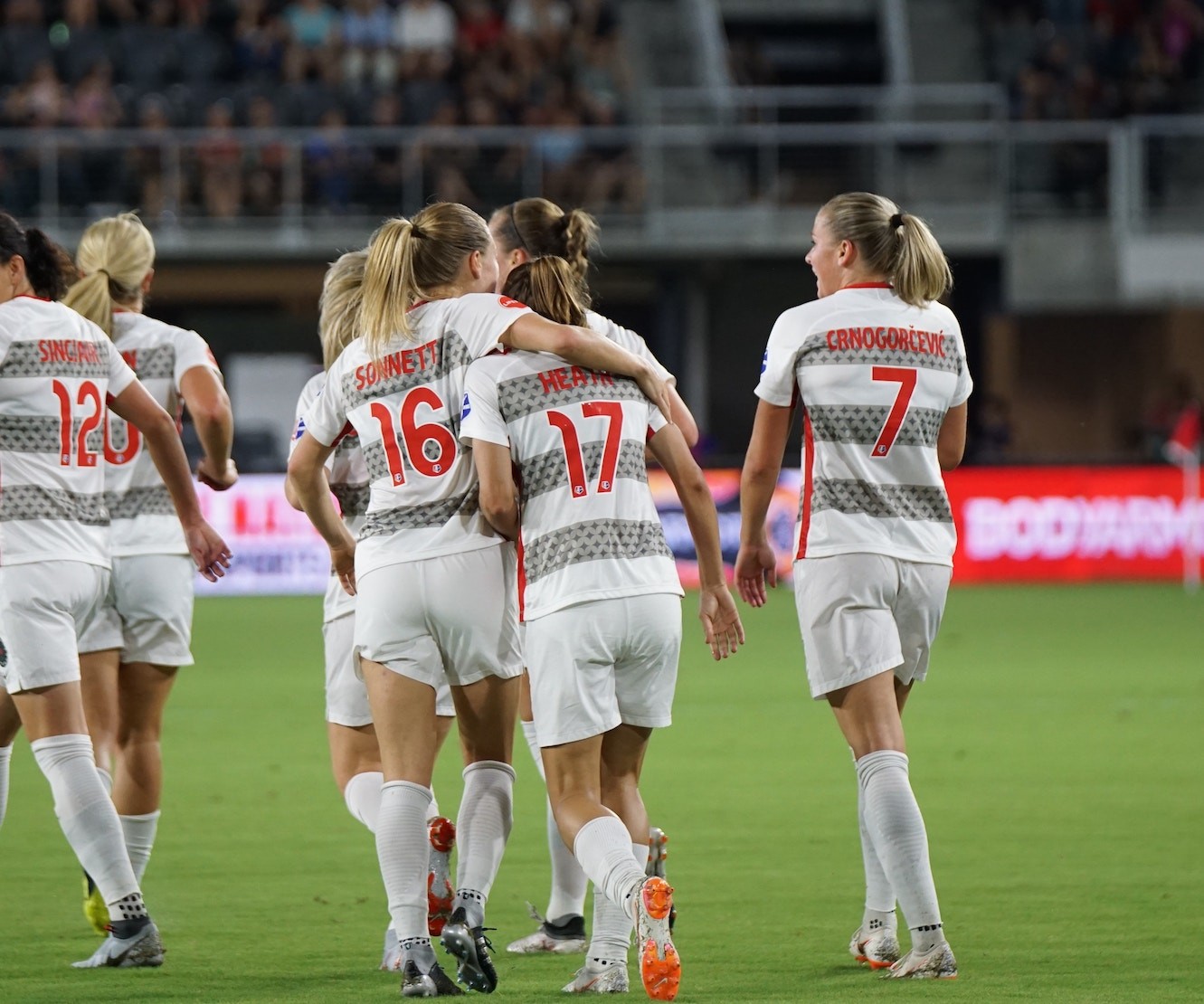Nielsen and the European Sponsorship Association (ESA) have collaborated to publish the Sponsorship Market Overview Report 2023, a resource that summarises the latest trends and developments in sponsorship across Europe. This report is valuable to brands considering making sponsorship investments and rights holders looking to attract sponsorship investment. It is also useful for professionals that work in the sports, arts, fashion, entertainment, esports, music, and sponsorship world.
European sponsorship market – key learnings from the report
- In 2022, the European sponsorship market was worth €29.05bn (up 4.3% from 2021). Sport contributed €20.69bn and non-sports sponsorship made up €8.36bn.Hosting a large number of major events, for example, the UEFA Women’s Euro 2022 European Championships and the 2022 Commonwealth Games was of benefit. Spillover effects from global events such as the 2022 Winter Olympics and the 2022 FIFA World Cup also contributed to the uplift.
- Spain (14%) and the UK (10%) were the faster-growing sponsorship markets. Football deals were the major driver of growth in both markets
- Germany remained the largest sponsorship market in Europe with deals worth 5.67bn. The UK was second (€4.81bn), and Italy third (€1.57bn)
- Team sponsorship contributed 63% of sponsorship value to the market, followed by event (21%)
- Clothing/equipment – sports (8%) was the largest sponsorship category, followed by software (6% – replacing automobile), and betting (5%)
- Crypto leapt into a top 5 position with a 4% share, having never before been in a top 10 spot, and non-alcoholic drinks (4%) continued their rise up the table
- Football made up 47% of the deal value market, dwarfing esports (9%) in second place. Rugby Union (5%), Basketball (4%), and F1 (4%) made up the top 5 positions
- Most sponsorship deals annual value was worth €150k-499k (28%), followed by <€75k (20%), €500-999k (16%), €1-2.49m (13%), and €75-149k (12%)
- The biggest sponsorship fee paid in 2022 was reported to be Oracle, who paid F1 team Red Bull Racing £80-90m per annum for their title sponsorship. The next five highest deals were all in football
Download the sponsorship market report 2023, here.
Need help navigating the sponsorship market?
If you’re looking for advice from an agency, Strive Sponsorship can help. Contact us for sponsorship, commercial, content, media, operations, investment, and communications consultancy services.
Frequently asked questions
What is an example of sponsorship marketing?
Nike’s long-standing sponsorship of top athletes like Michael Jordan and Cristiano Ronaldo. Nike leverages each individual’s global recognition and performance excellence to promote their brand.
What is the purpose of sponsorship marketing?
The purpose of sponsorship marketing is to enhance brand visibility, credibility, and association by partnering with events, individuals, or organizations that align with the brand’s values, reaching a wider audience and fostering positive brand perception.
What are the benefits of sponsorship?
Sponsorship offers benefits like increased brand exposure, audience engagement, and credibility through association. It can create emotional connections, tap into new markets, and provide unique content opportunities, ultimately driving brand growth and loyalty.



